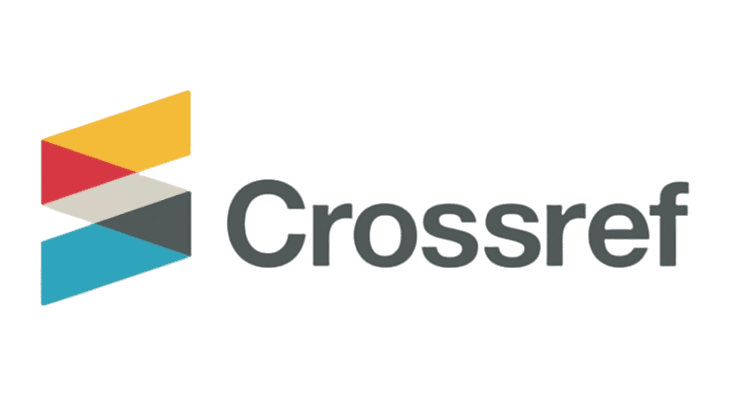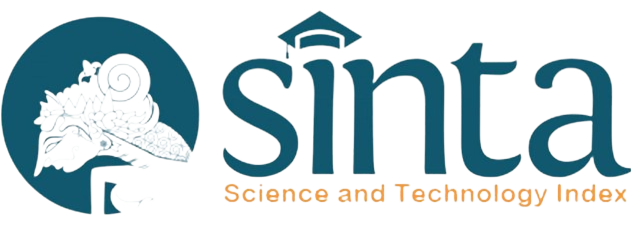Pelilinan dan Penyimpanan Suhu Rendah pada Cabai Rawit Varietas Lokal Garut dan Ori 212
Abstract
Cayenne pepper has a properly high moisture content so it makes fruit can’t be stored for too long and it is easily damaged. The cayenne pepper that has been harvested still carries out physiological and metabolic activities, until chili pepper has a stage of decay. Further postharvest handling is needed to extend the shelf life and maintain the quality of chili pepper, coating fruit with safe materials for consumption. The coating materials used such as bees wax, carnauba wax, and chitosan. This study aims to determine the concentration of each different coating material that is effective to extend the shelf life and maintain fruit quality with low-temperature storage. The study also used a single factor Randomized Block Design (RAK), namely the concentration of coating material. The parameters observed are destructive and non-destructive. Destructive parameters include moisture content and non-destructive parameter included fruit weight loss, visual quality of fruit, the appearance of disease symptoms, fruit rot, and dryness. The results showed that coatings in combination with low-temperature storage could reduce weight loss, maintain visual quality, and inhibit the appearance of disease symptoms. Local garut varietiy of cayenne pepper coated with 0.5% beeswax, 0.5% carnauba wax, and 1.5% chitosan, as well as ori 212 cayenne pepper with 0.5% beeswax, 1.5% carnauba wax, and chitosan 2% with low-temperature storage was able to maintain fruit quality for 30 days.
Keywords: cayenne pepper, edible coating, storage, postharvest













